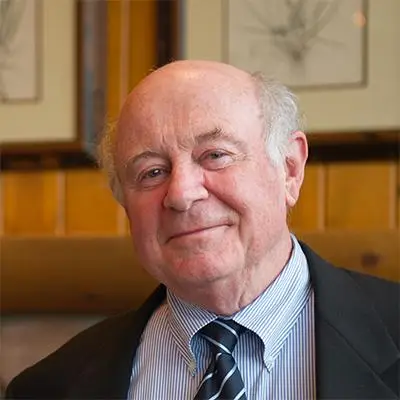The many big cities now looking for school superintendents—Houston, Las Vegas, Los Angeles, Newark, Seattle, and Washington, D.C., among them—need to pay attention to what has happened in Chicago. Like Chicago, these districts face big and persistent achievement gaps, with many troubled and low-performing schools. Unlike Chicago, they aren’t the one city in the country where students learn the most for every year they spend in school.
In the 31 years since being labeled by former Education Secretary William Bennett as America’s worst school system, Chicago has stopped hoping that some moralizing, a bit more teacher training, and a few more mandated courses will improve all schools. Instead, Chicago realized that different schools serve students with different needs. This has meant:
- Making sure the educators in every school have the freedom to tailor instruction, climate, and support to students’ needs—and feel responsible for the results.
- Tailoring rules and accountability expectations to real baselines and school-specific improvement plans.
- Ensuring that schools can get the advice and help they need, not just what the district bureaucracy can offer.
- Encouraging schools to form links with other schools and with nonprofit support networks, universities, and community and civic groups.
These changes didn’t happen overnight, and new superintendent Janice K. Jackson has had a role in many of them. They started in 1989 when the city gave communities control over principal selection, and gave school leaders control over budgets and use of time. At the same time, Chicago encouraged formation of school support organizations and issued RFPs for educators and community groups to start new schools in neglected neighborhoods. In the early 2000s every school started getting timely data on each student’s learning—soon enough for problems to be fixed. High schools started tracking every student’s progress and intervening immediately to fix problems of attendance or course failure before students even thought of dropping out.
There’s more. Chartering led to a number of high-performing schools, but district-run schools improved, too. Some dysfunctional schools were closed and replaced. The Consortium on Chicago Schools Research repeatedly published clear assessments of what was and wasn’t working, leading to needed changes and additions.
No part of the process was sweet, linear, quiet, or free of error. The Chicago district structure was a mess for much of the time as big players like mayors, governors, and teachers’ union heads fought over power, superintendents came and went, charter and anti-charter groups fought for the moral high ground, and some school closings were disastrously mismanaged.
The parts came together, not because a person on horseback had imposed a brilliant plan, but because over time educators gained information and the freedom to do sensible things in their schools and classrooms, and could get the right kind of help when needed. Schools were no longer isolated from their neighborhoods and the broader community. And something could be and was done for students in schools where educators could not set aside differences and collaborate effectively.
Chicago is not ready for a victory lap: low-income students of color still lag, and there are still plenty of weak schools. There are also many unresolved conflicts, but as one expert Chicago observer said to me, educators are resentful about a lot of things but they also know it is up to them to educate the kids.
Other cities looking for superintendents need to ask, “Can we learn from Chicago and start the kind of complex multipronged initiatives found there? Can we find a superintendent who will commit to transparency, thoughtful differentiation of schools, real educator empowerment balanced by adult accountability, much stronger links to community and support groups, with new schools and school closings when needed? Can the board and community live with the fact that not everyone will be happy all the time?”
Some cities will choose the alternative: hire a superintendent who will avoid tough choices, let the union and the school board dictate to schools, and house all initiatives in the district central office. But they can do so only by ignoring the best answer available to the question, “What works?”





